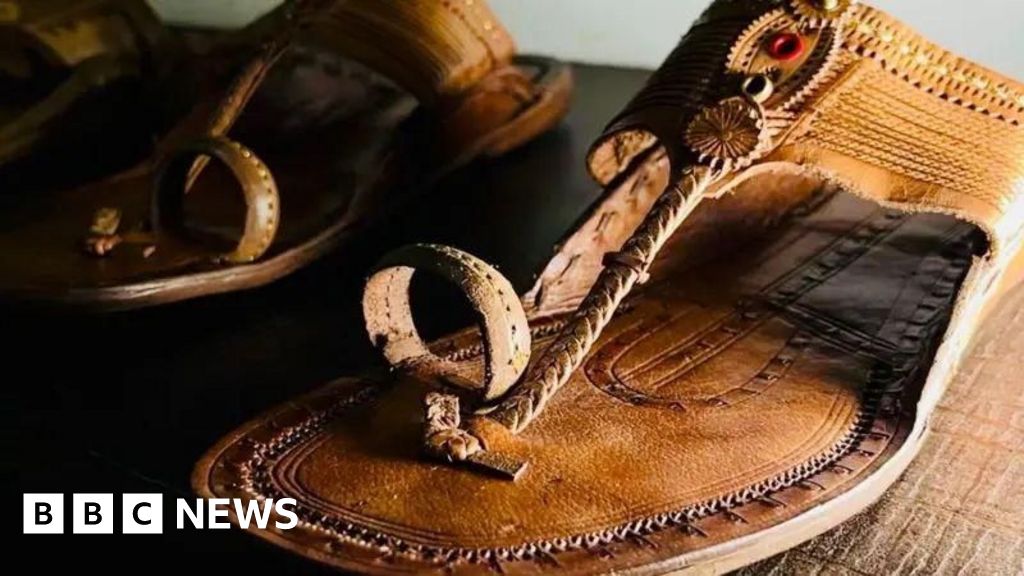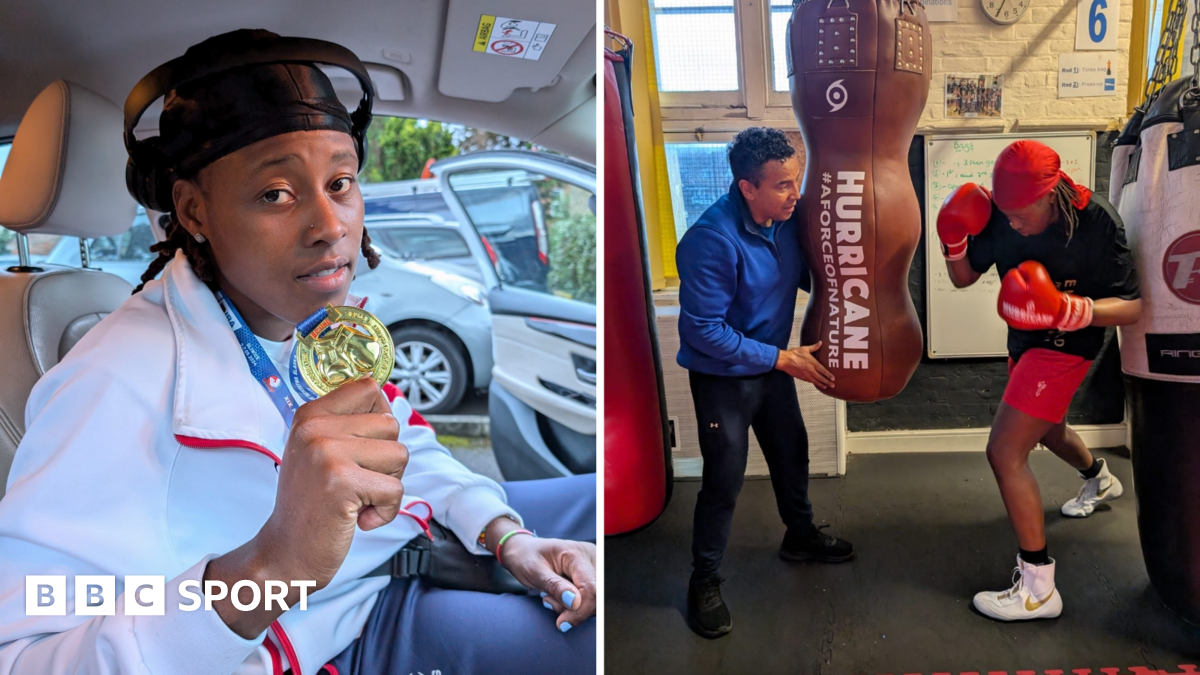Turn Your Love for Fashion into a Thriving Creative Venture Today

Key Takeaways

- Passion as a Foundation: Understanding your personal style and preferences is crucial for building a brand in the fashion industry that reflects your individuality.
- Stay Trend-Savvy: Regularly analyze fashion trends and engage with your audience for valuable insights that can inform your product development and marketing strategies.
- Wardrobe Essentials: Invest in timeless, high-quality wardrobe staples and statement accessories that resonate with your unique aesthetic to create versatile and expressive outfits.
- Expand Fashion Knowledge: Follow fashion icons, utilize educational resources, and stay updated on industry developments to continually refine your brand strategy and innovative offerings.
- Career Path Exploration: Identify various roles within the fashion industry, from design to marketing, to align your skills and interests with potential career opportunities.
- Effective Social Media Use: Build an engaging online presence through regular interactions, visual storytelling, and strategic content marketing to attract your target audience and showcase your fashion passion.
Fashion isn’t just about clothes; it’s a powerful form of self-expression. If you’ve ever found yourself captivated by the latest trends or dreaming of curating your own unique style, you’re not alone. Turning your love for fashion into something more can be an exciting journey that opens doors to creativity, confidence, and even career opportunities.
Imagine transforming your passion into a thriving venture. Whether you want to start a blog, launch a clothing line, or become a stylist, the possibilities are endless. With the right mindset and a sprinkle of determination, you can turn your fashion enthusiasm into a fulfilling pursuit that reflects your personality and vision. Let’s explore how you can take those first steps toward making your fashion dreams a reality.
Understanding Your Passion for Fashion

Passion fuels the journey in the fashion industry. By understanding your preferences and the current trends, you can carve out a niche for your small business venture.
Identifying Your Style Preferences
Identify your unique style to define your brand. Consider these elements:
- Inspiration Sources: Draw inspiration from icons, designers, and cultural elements that resonate with you.
- Color Palette: Select colors that reflect your personality and aesthetic. Consistent use of a color scheme can boost brand recognition.
- Silhouettes: Determine which shapes and cuts appeal to you. Focus on designs that highlight your strengths.
- Lifestyle Fit: Consider your target audience’s lifestyle. Align your style with their preferences to enhance customer acquisition.
Exploring Fashion Trends
Staying updated on fashion trends enhances your market research. Follow these strategies:
- Trend Analysis: Regularly analyze fashion reports and blogs to identify emerging trends. Use platforms like Instagram and Pinterest for real-time insights.
- Consumer Feedback: Engage with your audience through social media. Collect their opinions to refine your product development process.
- Collaboration Opportunities: Network with other fashion entrepreneurs to share insights. Collaborations can expand your reach and introduce your brand to new customers.
- Innovative Practices: Embrace sustainable and ethical fashion trends. Differentiating your business through innovation can attract a dedicated customer base.
With a clear understanding of your style preferences and fashion trends, you lay a solid foundation for your fashion business.
Building a Wardrobe That Reflects Your Love

Creating a wardrobe that reflects your passion for fashion involves selecting key pieces that not only inspire you but also align with your personal style. Understanding these components sets the foundation for a cohesive and expressive wardrobe.
Key Pieces for Every Fashion Enthusiast
- Classic Silhouettes: Invest in timeless items like well-fitted blazers, tailored trousers, and A-line skirts. These basic pieces serve as versatile foundations for various looks.
- Quality Fabrics: Opt for garments made from natural fibers such as cotton, linen, and wool. These materials offer durability and comfort, enhancing the overall quality of your wardrobe.
- Essentials: Include items like a good pair of jeans, a simple cardigan, and a patterned blouse. These essentials allow for a range of styling options that adapt to different occasions.
- Accessorize: Choose statement accessories, such as bold necklaces or unique handbags. These pieces add personality and flair to your outfits, showcasing your love for fashion.
Tips for Mixing and Matching
- Color Coordination: Establish a color palette that reflects your style. Sticking to a few core colors makes it easier to mix and match items, creating cohesive outfits.
- Layering Techniques: Experiment with layering different pieces. Combining a shirt with a sweater or jacket not only provides warmth but also adds depth to your look.
- Pattern Play: Don’t shy away from mixing patterns. Pair stripes with florals or checks with polka dots for a playful, dynamic outfit. Just ensure that one pattern dominates to maintain balance.
- Versatile Footwear: Choose footwear that transitions well between casual and formal settings. A quality pair of ankle boots or classic flats equips you to style various outfits effortlessly.
Emphasizing these elements helps you craft a wardrobe that not only expresses your fashion passion but also supports your entrepreneurial journey in the fashion industry.
Growing Your Fashion Knowledge

Fashion knowledge acts as a foundation for entrepreneurial success in the industry. Understanding historical context, trends, and modern influences enhances your ability to create a brand that resonates with your target audience. Here’s how to expand your fashion expertise.
Following Fashion Icons and Influencers
Following fashion icons and influencers provides insights into current trends and market demands. Each influencer showcases unique styles and approaches, which can inspire your own business ideas. Utilize platforms like Instagram and TikTok to observe how these individuals engage with their followers. Analyze their branding, digital marketing strategies, and customer interaction. This knowledge aids in crafting your brand’s vision and can inform your growth strategy.
Resources for Fashion Education
Utilizing educational resources can deepen your understanding of fashion fundamentals. The Fashion Institute of Technology (FIT) offers valuable tools, like the “Fashion History Timeline” and the “Fashion Theory Journal,” edited by Dr. Valerie Steele. These resources detail fashion’s evolution and theoretical underpinnings, enhancing your market research efforts.
Additionally, explore FIT’s online collections and Google Arts & Culture Online Exhibits. These platforms allow you to remotely access historical and contemporary fashion artifacts, expanding your knowledge base. Leverage this information to develop your product offerings and create a business model that aligns with trends and consumer preferences.
Stay connected to fashion education to refine your brand strategy continuously. As you grow in knowledge, you’ll be well-equipped to establish an innovative business that stands out in the competitive fashion market.
Turning Your Love Into a Career

Transitioning your passion for fashion into a career requires strategic planning and commitment. Understanding the various career paths available enhances your chance for entrepreneurial success in the fashion industry.
Exploring Different Career Paths
The fashion industry offers numerous career opportunities. Key roles include:
- Fashion Designer: Specialize in areas like childrenswear, menswear, or sportswear. Typically, you start as a fashion design assistant and advance to a fashion designer or design director. A relevant degree in fashion design or graphic design often proves beneficial[1][3][5].
- Garment Technologist: Choose and test fabrics while ensuring budget compliance for designs. You oversee garment construction methods and quality control. A degree in garment technology is typically necessary[1].
Identifying your target audience plays a crucial role in deciding your career path in fashion. Understanding market demands enables you to refine your focus and build a strong brand presence.
Creating a Fashion Portfolio
A compelling fashion portfolio showcases your skills and creativity. When building your portfolio, prioritize the following elements:
- Diversity of Work: Include various projects that reflect different styles and techniques. Highlight your range in design and execution.
- Quality Presentation: Use high-resolution images and professional layouts. A well-organized portfolio enhances your credibility and attracts attention from potential employers or clients.
- Personal Branding: Create a unique style that aligns with your vision. Tailor your portfolio to resonate with your target audience.
Remember, an effective portfolio acts as a visual pitch, demonstrating your expertise and innovative ideas. Consider seeking mentorship or advice from industry professionals to refine your work and improve your presentation.
Establish a presence on social media and e-commerce platforms to further promote your portfolio and attract your audience. Engage in networking opportunities and collaborate with other professionals to expand your reach and enhance your brand visibility.
Utilizing Social Media to Showcase Your Passion

You can effectively showcase your passion for fashion through social media, building an online presence that resonates with your target audience. Use platforms designed for visual storytelling that highlight your unique style and brand.
Building an Online Presence
Start by developing a strategic approach. Understand your target audience’s demographics, preferences, and preferred channels. Set clear goals for your online presence, such as increasing brand awareness or driving website traffic. Establish a consistent posting schedule that aligns with your audience’s online habits.
Choose platforms like Instagram and Pinterest. Instagram’s visual format suits fashion well, allowing you to share high-quality images, videos, and stories. Pinterest serves as a virtual lookbook, perfect for inspiring your audience and driving traffic to your e-commerce site.
Consider integrating SEO techniques in your posts. Use relevant keywords to improve online visibility, making it easier for potential customers to find your content. Engage actively by responding to comments and messages, fostering a community around your fashion interests.
Engaging with the Fashion Community
Engage with the fashion community by participating in discussions and collaborations. Connect with fellow entrepreneurs and fashion enthusiasts through social media groups and forums. Share insights, tips, and stories that reflect your unique perspective.
Utilize networking opportunities to expand your reach. Attend industry events and engage with influencers who share your passion. Collaborations with other fashion brands can enhance your visibility and introduce you to new audiences.
Leverage digital marketing strategies like content marketing and email marketing. Share your journey, new collections, or behind-the-scenes content to maintain engagement. Your authenticity can attract followers and enhance customer loyalty.
Incorporate your fashion narrative into your online presence. This personal touch can help differentiate your brand in a competitive market. Utilize these strategies to elevate your fashion passion into a thriving online venture.
Conclusion

Turning your love for fashion into a career is not just a dream; it’s a journey filled with creativity and potential. By embracing your unique style and staying informed about industry trends, you can carve out a niche that reflects your passion.
With determination and strategic planning, you can explore various career paths that resonate with your vision. Whether you choose to start a blog, launch a clothing line, or engage with your audience on social media, every step you take brings you closer to realizing your fashion aspirations.
Remember to stay connected with the fashion community and continuously refine your skills. Your passion can lead to a fulfilling venture that not only showcases your creativity but also inspires others in the world of fashion.
Frequently Asked Questions

How can I turn my passion for fashion into a career?
To turn your passion for fashion into a career, start by identifying your interests within the industry, like blogging, designing, or styling. Then, research and develop your unique brand, create a professional portfolio, and establish a presence on social media. Engage with fashion trends and communities to build connections and gain visibility.
What are some ways to identify my personal fashion style?
To identify your personal fashion style, analyze your wardrobe and note key pieces you love. Consider your favorite colors, silhouettes, and inspirations. Experiment with various styles and observe what makes you feel most confident. Over time, this will help you define a consistent personal aesthetic.
Why is understanding fashion trends important for my business?
Understanding fashion trends is crucial as it helps you align your brand with market demands. By staying informed, you can create products that resonate with consumers, differentiate your offerings, and respond to the rapid changes in fashion. This awareness ultimately enhances your competitiveness and business success.
What essential pieces should I include in my wardrobe?
Essential pieces for a versatile wardrobe include classic silhouettes, quality fabrics, and versatile items. Key staples are a tailored blazer, a little black dress, well-fitted jeans, and neutral footwear. Mixing and matching these essentials allows you to create multiple outfits and express your personal style effectively.
How can I utilize social media for my fashion career?
Utilize social media by sharing high-quality visuals of your fashion work on platforms like Instagram and Pinterest. Develop a consistent brand voice, engage with your audience, and network with industry professionals. Use SEO strategies to boost your visibility and participate in fashion discussions to increase your reach.
What resources can help expand my knowledge of fashion?
Resources to expand your fashion knowledge include online courses from institutions like the Fashion Institute of Technology, fashion blogs, and industry magazines. Following fashion icons and influencers on social media also provides insights into trends, market demands, and creative inspiration, helping refine your brand strategy.
Image Via Envato
This article, "Turn Your Love for Fashion into a Thriving Creative Venture Today" was first published on Small Business Trends
What's Your Reaction?
 Like
0
Like
0
 Dislike
0
Dislike
0
 Love
0
Love
0
 Funny
0
Funny
0
 Angry
0
Angry
0
 Sad
0
Sad
0
 Wow
0
Wow
0































































































